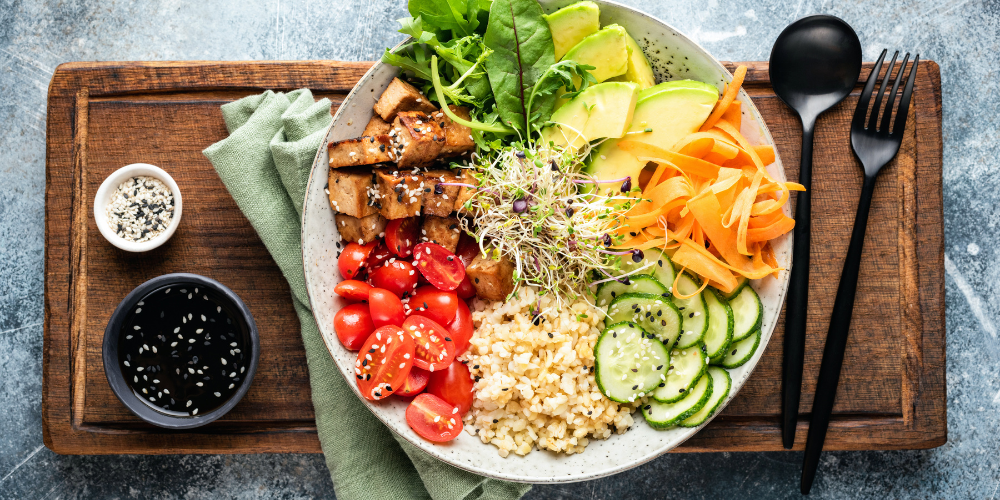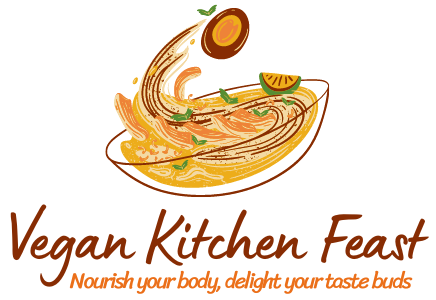
Today, I’m going to be talking about the health benefits of eating vegetables, and trust me, it’s much more exciting than it may sound. Vegetables aren’t just those things your parents insisted you eat as a kid; they are packed with all the good stuff your body loves and needs. Think of your plate as your personal palette of health, where every color represents a different nutrient ready to work its superhero magic on your body.
You’re going to find out about ‘eating the rainbow’, which is more than just a quaint saying. It’s a principle that can dramatically improve your health by ensuring you’re getting a wide array of nutrients. Different colors in vegetables relate to different health benefits, and when you mix and match them, you’re setting the stage for a nutrient powerhouse.
This isn’t just about loading up on kale and calling it a day. Diversity in your veggie consumption is crucial for a balanced diet because different vegetables bring different vitamins, minerals, and antioxidants to the table. Choosing something that resonates with you, whether for taste, texture, or color, can make all the difference in crafting enjoyable, health-packed meals.
So my question to you today is, are you ready to turn your plate into a canvas of nutritious artwork? If you want to know the ‘why’ and ‘how’ behind the remarkable benefits vegetables can offer, keep on reading. Because next, we’ll be diving deep into the specific nutrients that each color of the vegetable rainbow provides and how they contribute to your health in ways you might never have imagined.
Vital Nutrients and Their Superpowers
I’m going to walk you through the bustling marketplace of nutrients that vegetables bring to the table. Let’s not beat around the bush; these nutrients are key players in maintaining our health.
Let’s start with vitamins. Vegetables are a powerhouse of vitamins like A, C, E, K, and the B-complex group. Vitamin A keeps your eyes sharp, while Vitamin C supports your immune system, which is more important than ever these days. Vitamin E acts as an antioxidant, and Vitamin K is essential for blood clotting. And the B vitamins? They’re vital for energy metabolism.
In my opinion, minerals don’t always get the attention they deserve, but they’re just as crucial. Magnesium, iron, potassium—you’ll find them in the likes of spinach, beans, and potatoes. They keep your bones strong, your blood healthy, and your muscles functioning.
Now, antioxidants deserve a spotlight of their own. They’re the superstars in the fight against free radicals, which can lead to chronic illnesses. Beta-carotene, lutein, selenium—you’re going to find these protective compounds in many colorful veggies.
Don’t forget about dietary fiber. We often hear about it in the context of weight loss, but it’s about so much more. Fiber aids digestion, lowers cholesterol levels and keeps you feeling full, helping to ward off the urge to snack on less healthy options.
That brings us to the doorstep of another significant area: preventing chronic diseases. This isn’t just about loading up on nutrients; it’s also about creating a sustainable, defensive barrier against some of today’s most prevalent health threats.
Chronic Disease Prevention Through Nature’s Bounty
When you’re thinking about tweaking your diet, there’s a strong case for going green – or red, or yellow, or purple. You see, vegetables are more than just plate-fillers; they’re your frontline defense in the battle against chronic illness. Let’s get into how loading up on these plant-based fighters can keep nasty health issues at bay.
First up, heart health. This isn’t just about cutting back on bad fats; it’s also about what you add to your plate. Leafy greens like spinach and kale come packed with potassium and magnesium, which help maintain a healthy blood pressure. And those vividly colored bell peppers or tomatoes? They’re teeming with heart-friendly nutrients like vitamin C and lycopene.
Now, if you’re wary of the word ‘cancer,’ I’ve got some news that might just lighten that load. Cruciferous veggies, like broccoli and Brussels sprouts, are teeming with compounds like sulforaphane and glucosinolates. In my opinion, and the opinion of ongoing research, these are heavyweight champs at potentially reducing cancer risks.
Tipping the scales in your favor, quite literally, is another perk of veggie-rich meals. Ample vegetable intake is often associated with weight management. That’s because they’re low in calories yet high in volume, which can help you feel full without overloading on calories. Plus, the fiber present helps keep metabolism in check.
For those with a sweet tooth, moderating blood sugar levels can be a struggle. Enter our humble vegetables. With a low glycemic index, they release sugar into your bloodstream at a runner’s pace, not a sprinter’s. This steady absorption means you’re in for a smoother ride in blood sugar control, reducing the risk of type II diabetes.
The beauty of vegetables doesn’t stop with their direct health benefits. Because they’re versatile, you’re going to find all sorts of ways to make them a delicious and regular part of your eating habits. But how do you make the leap from knowing vegetables are good for you to actively wanting them on your plate every day? Keep reading; I’ve got some tips to help you do just that.
Cultivating a Healthy Relationship with Vegetables
Now what you’re going to find out about here isn’t just the ‘what’ and ‘why’ of eating more vegetables — I’m here to help you with the ‘how’. After all, knowing the myriad benefits is only half the battle; the real challenge often lies in integrating these nutritional powerhouses into your daily routines.
If you want to make lasting dietary changes, it’s about starting small and making it enjoyable. One strategy is to include vegetables in meals in ways that add to the taste and texture. Think: crisp bell peppers in a stir-fry, roasting veg until they’re perfectly caramelized, or adding spinach to your morning smoothie for a nutrient punch that doesn’t compromise on flavor.
Don’t worry too much about overhauling your entire diet overnight. You can always adjust your approach down the road. For now, choose something that resonates with you, whether it’s experimenting with veggie-based recipes once a week or simply adding a salad to your lunch routine.
I really hope that you’re feeling inspired to take these steps toward a healthier you. And remember, your first attempt doesn’t need to be your last. Just don’t focus too much on perfection; it’s consistency that’s going to pave the way to a healthier life. Now, let’s make that plate colorful!
